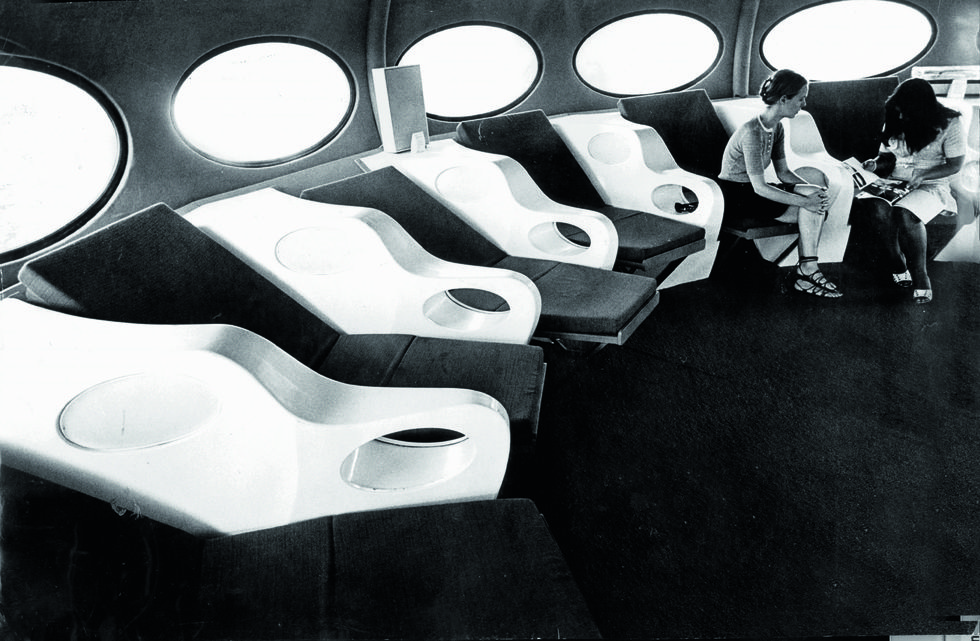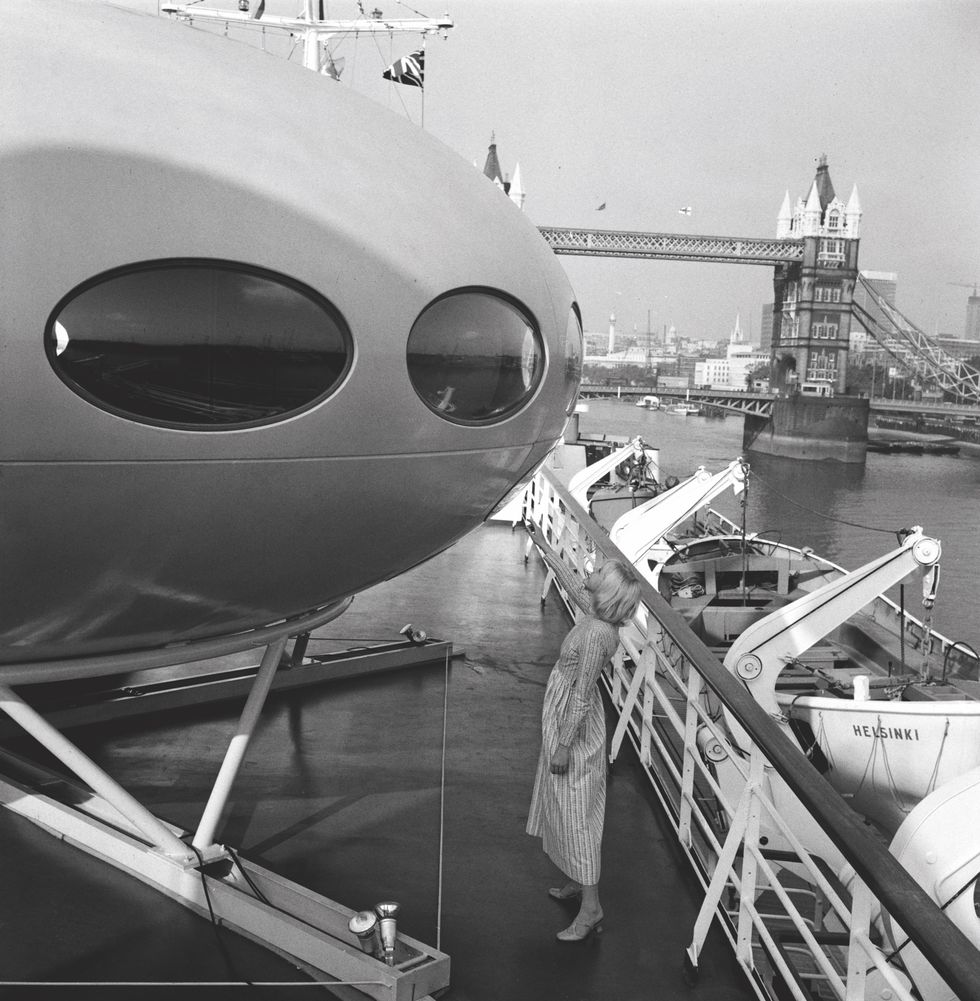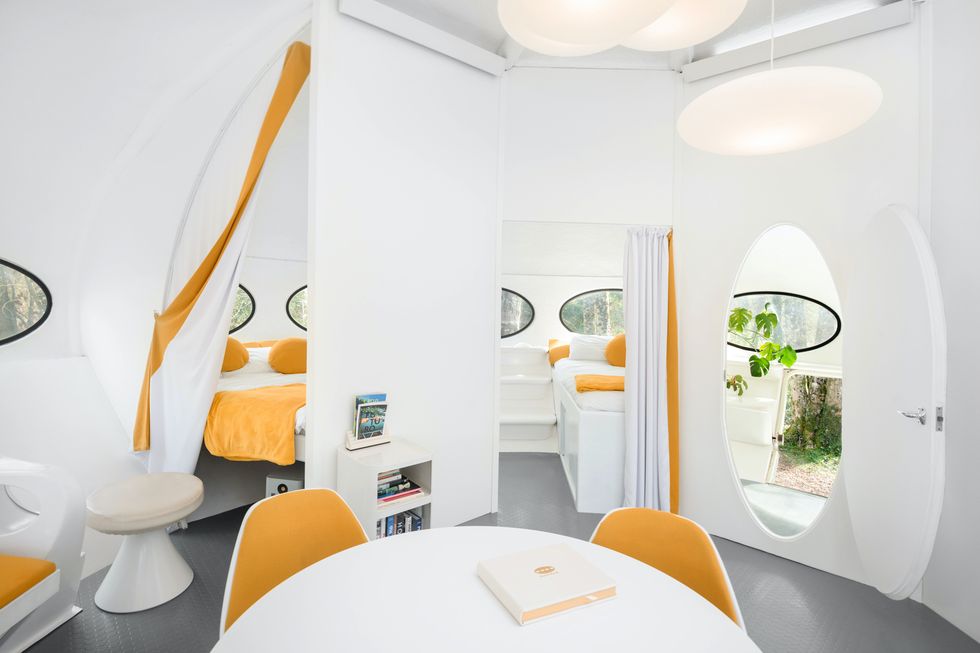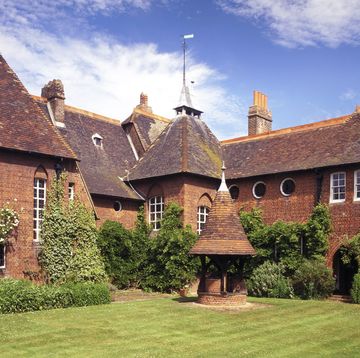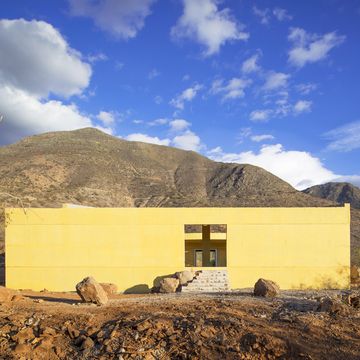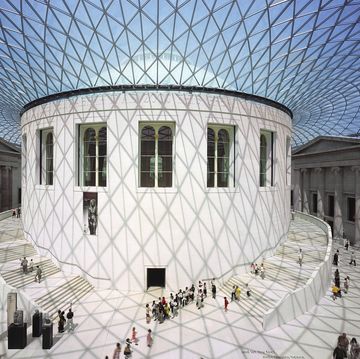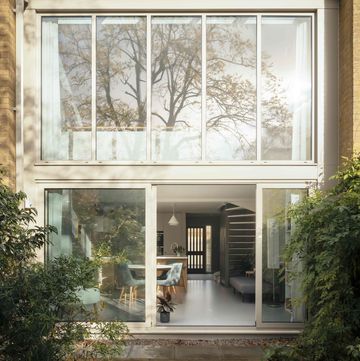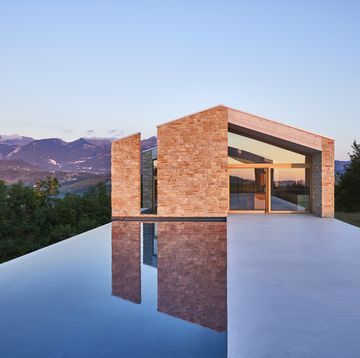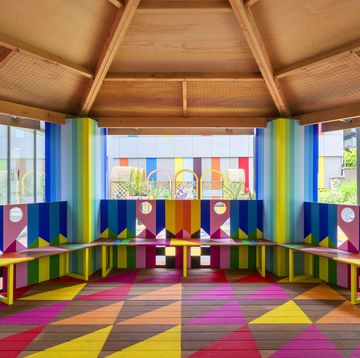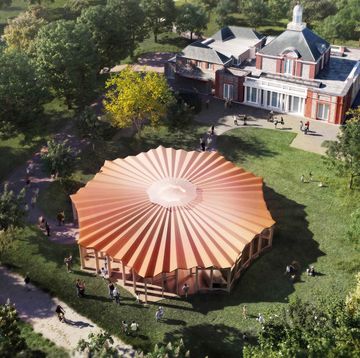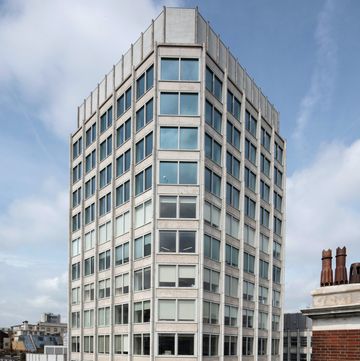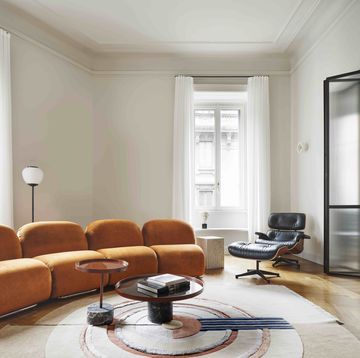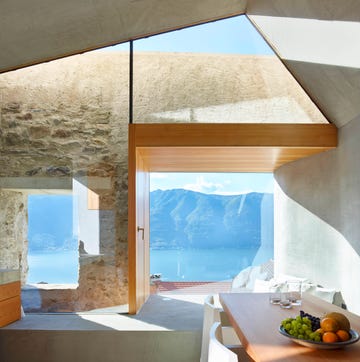With its spheroid form, drawbridge entrance and sci-fi-style interior, the Futuro looks more like a cartoon spaceship than a house. But in an era that also gave us the Apollo 11 moon landing and The Jetsons, this plastic prefab had instant appeal as a holiday home for the modern family.
Its origins, however, are surprisingly less space-age. Mid-century Finnish architect Matti Suuronen was commissioned to plan an all-weather ski cabin that could be easily assembled on rough terrain. With mass production in mind, he came up with a concept for a modular, mobile pod that could be manufactured in a factory and airlifted to any location by helicopter. It would be raised up from the ground on adjustable legs and its interior was to be fully equipped with all the modern conveniences.
The prototype Futuro, unveiled in 1968, attracted interest from all over the world. Its perfectly symmetrical form (set to a precise ratio of 1:2) was echoed by matching windows, door handles, light fittings and power sockets. Walls were made from fibreglass-reinforced polyester and insulated with polyurethane foam, making the 50-square-metre structure lightweight and quick to heat, even in cold climes.
The interior was equally functional, with fittings including chairs that turned into beds and a hearth that doubled as a cooking grill. At a time when many believed the homes of the future would be built from plastic, it felt like a vision of things to come.
Manufacturing licences for the Futuro were sold in 25 countries between 1969 and 1973, and the design was adapted for a range of purposes. The Swedish Air Force purchased three for use as lookout towers, while the Soviet Union turned the pods into highway service stations. However, the design eventually proved too expensive for the mass market, particularly after the oil crisis of 1973 pushed up the cost of plastic production.
It is not known how many Futuros were actually built, but the number is believed to be a little under 100. Although many of the pods have since been destroyed, a few have made their way into museum collections, while others have been spotted on sites across Europe, Australia, Japan and the USA.
For those interested in experiencing this out-of-this-world design for themselves, it is still possible. Marston Park in Somerset invites guests to stay in a pod restored by the British artist Craig Barnes. Prices start from £300 a night. marstonpark.co.uk/futuro-house

